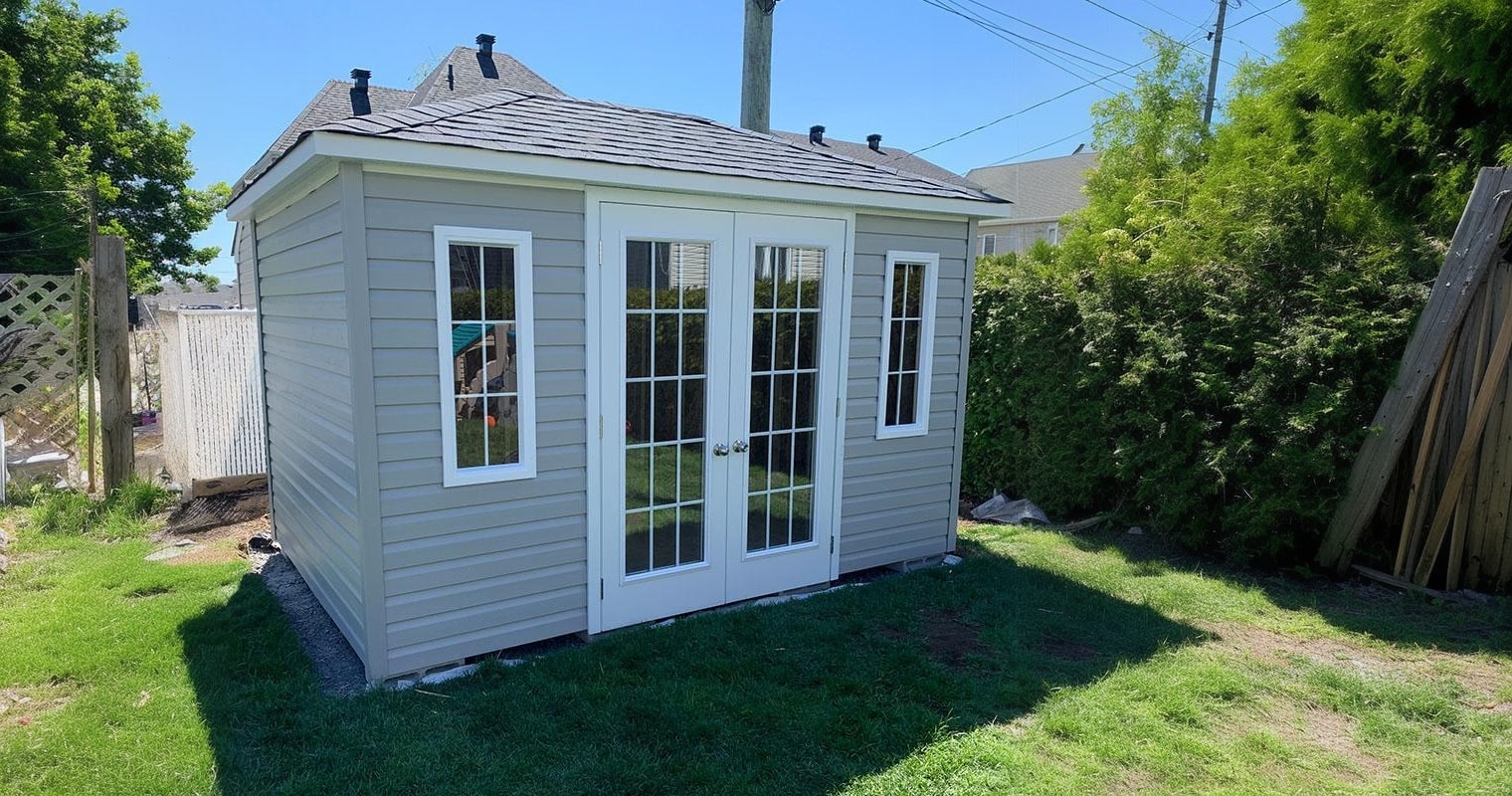
Everything You Need to Know Before Installing Your Shed in Québec: A Complete Guide
Does the idea of adding a shed to your backyard make you dream? Imagine a Saturday morning, a steaming coffee in one hand, and your brand-new shed standing proudly before you. Inside, everything is perfectly in place: tools hanging neatly, gardening supplies organized, and maybe even a cozy corner for DIY projects or reading.
It’s a functional and stylish space that adds real value to your property. But before diving into your dream project, you need to navigate municipal and provincial regulations to avoid any unpleasant surprises. And trust me, it's easier than it sounds!
So, let’s jump in together and explore everything you need to know to install your shed in Québec while respecting all the rules. Plus, we’ve got some pro tips to make your project a total success. Grab your coffee, get comfy, and let’s chat!
📊 Fun fact: Properties with well-designed outdoor spaces can increase their resale value by up to 7%.
Provincial Regulations: A Solid Foundation
In Québec, the Building Code (think of it as the ultimate rulebook for construction!) is your best friend to ensure your shed is both safe and durable. Essentially, it's your project’s compass. Here are two crucial aspects it covers:
Building Standards
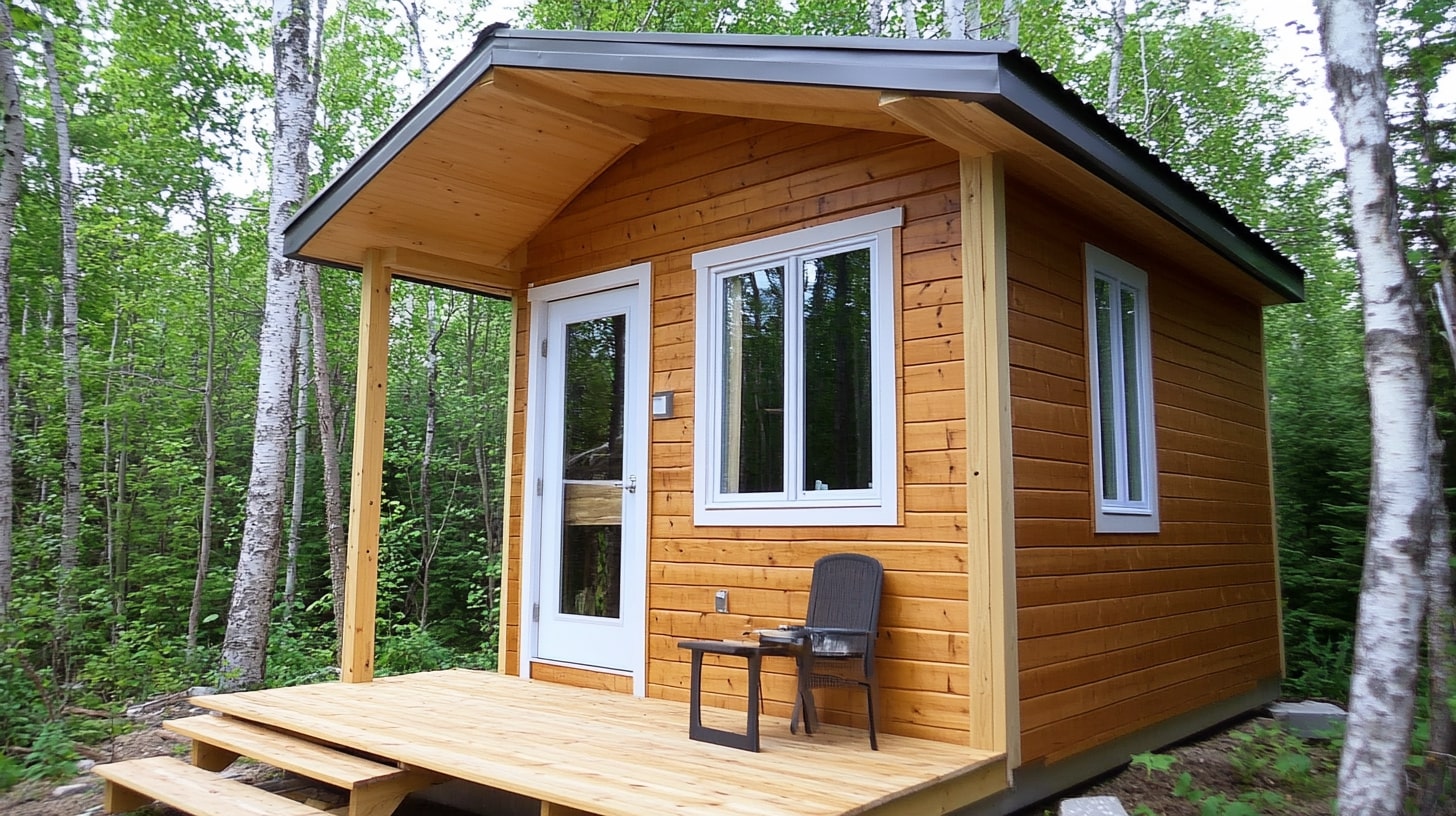
Your shed must meet minimum solidity standards. Picture this: a strong, sturdy shed that can withstand Québec’s extreme seasons, from January’s freezing winds to October’s heavy rains. These standards aren’t just about paperwork—they guarantee your project will last and look great for years. Investing in durability means investing in peace of mind—priceless!
Proximity to Power Lines
Hydro-Québec requires minimum clearance distances to prevent hazards. Imagine building the perfect shed, only to realize a power line runs right above it—yikes! Avoid risks and potential disputes with Hydro-Québec by following these clearance rules. A little precaution goes a long way because safety always comes first.
📊 Did you know? Most electrical incidents near outdoor structures happen due to clearance violations!
Take a moment to imagine it: you’re building your shed stress-free, and everything runs smoothly. That’s exactly what happens when you take a few minutes to read these regulations.
These small details, like minimum distances or required materials, are the invisible but essential foundations of a solid project. By following them, you set yourself up for success—no stress, no surprises. Even better, you create a shed that’s not only compliant but also durable and safe!
Municipal Rules: They Vary from City to City
Each municipality in Québec has its own requirements. What’s allowed in Montréal might be forbidden in Québec City.
Example: Québec City
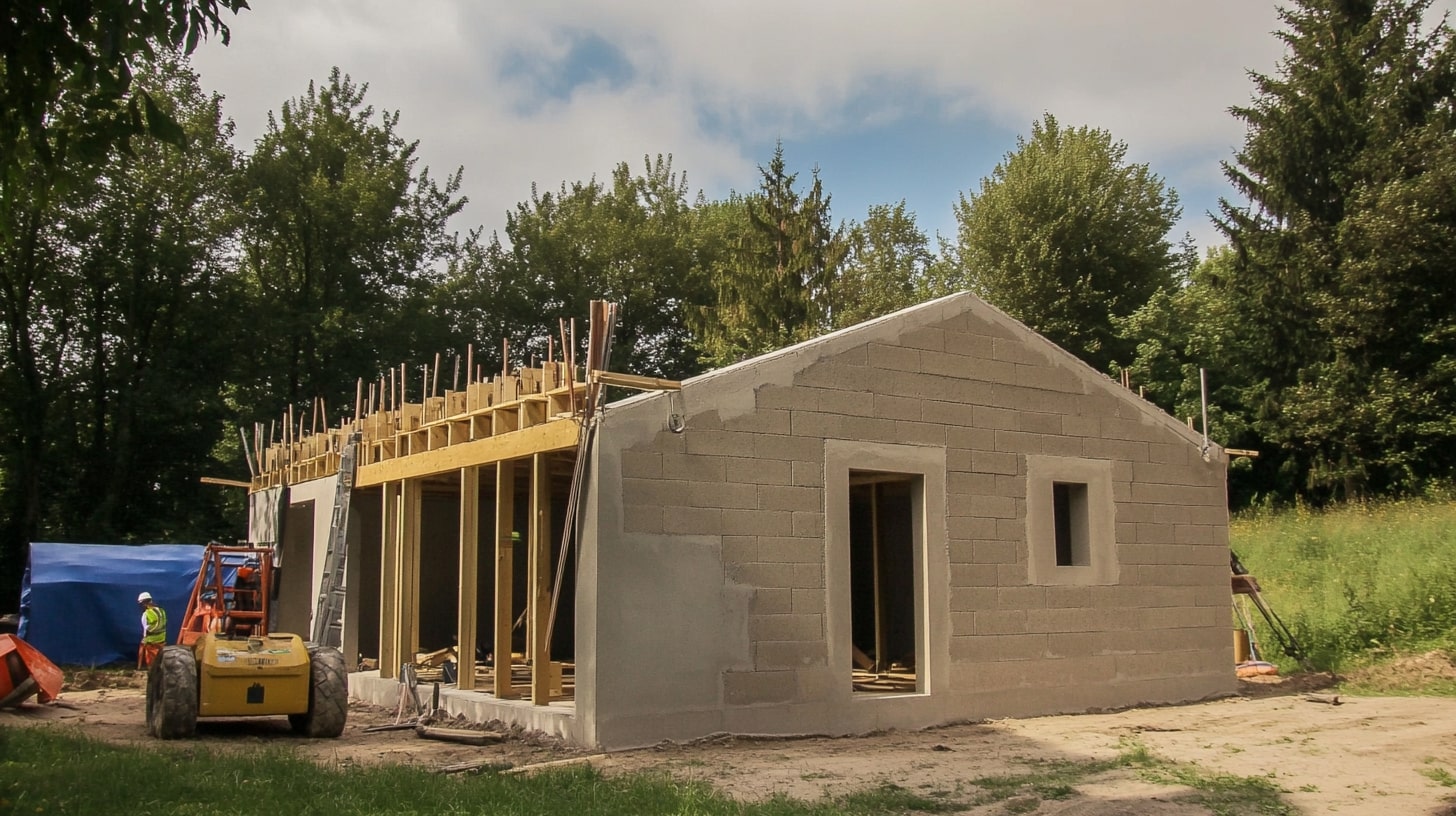
✅ Minimum setback of 0.75 meters from property lines.
✅ Maximum height: 4.5 meters (and always lower than the main house).
✅ Specific rules for areas near watersheds.
Example: Montréal
✅ The shed is considered an outbuilding, meaning the main house must already exist on the property.
✅ It must be separate from the house—otherwise, it’s considered an extension.
✨ Froggy’s Tip: Call your city’s urban planning department before starting. They’re there to help and prevent any unpleasant surprises! (Source: Ville de Montréal)
In short, be proactive and curious. Regulations aren’t there to annoy you—they ensure your project is compliant and hassle-free.
Size, Placement, and Appearance Matter Too
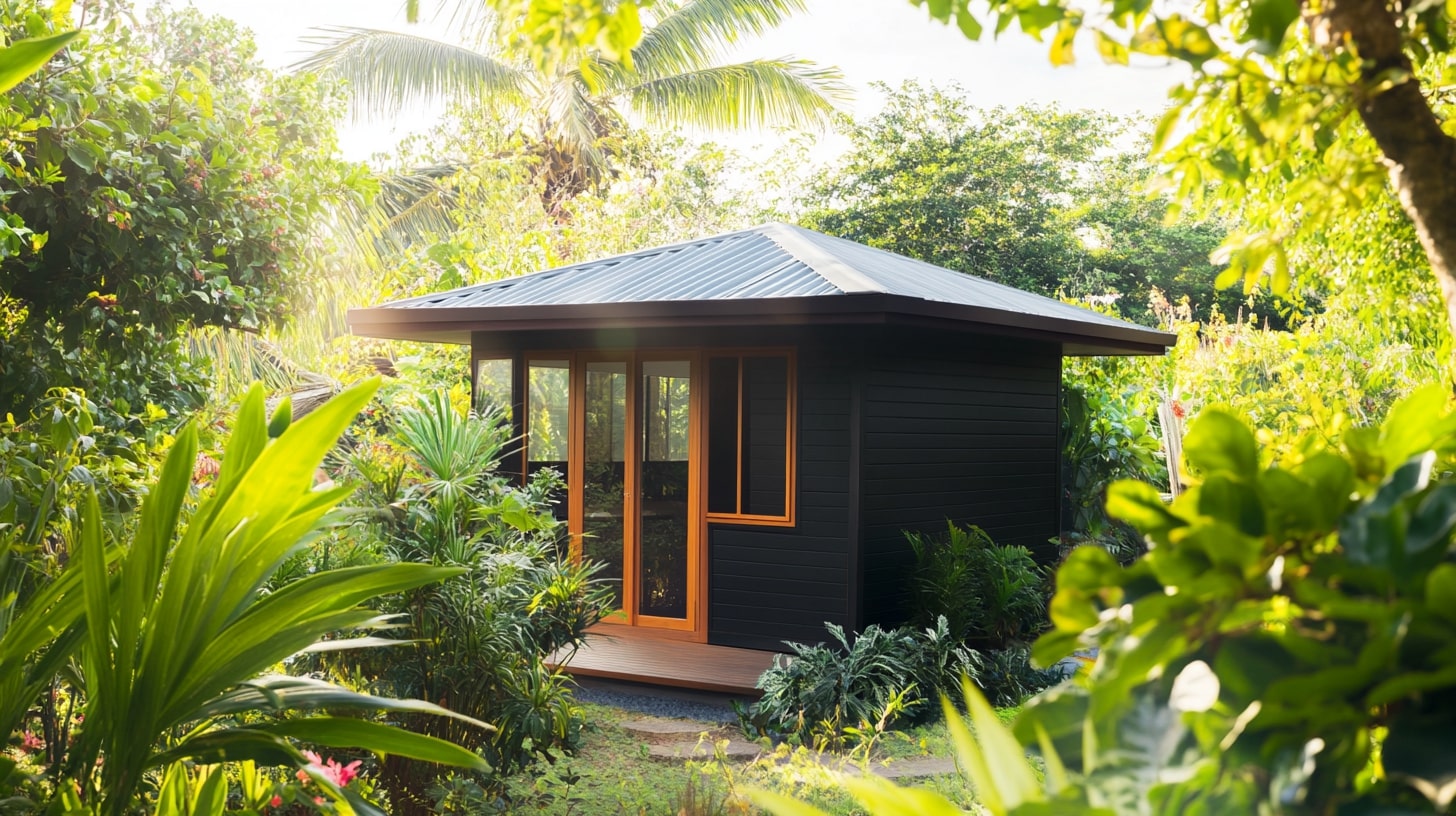
Regulations aren’t just about dimensions; they also cover aesthetics. Some municipalities require:
🔹 Maximum surface area: A percentage of your total land area.
🔹 Minimum setback: Distance between your house and the property limits.
🔹 Specific materials: Wood, brick, or other approved materials.
By respecting these rules, you’ll avoid conflicts with neighbors and ensure your shed blends perfectly into its surroundings.
And don’t forget: a well-designed shed isn’t just practical—it adds real value to your property.
Building Permits: Required or Not?
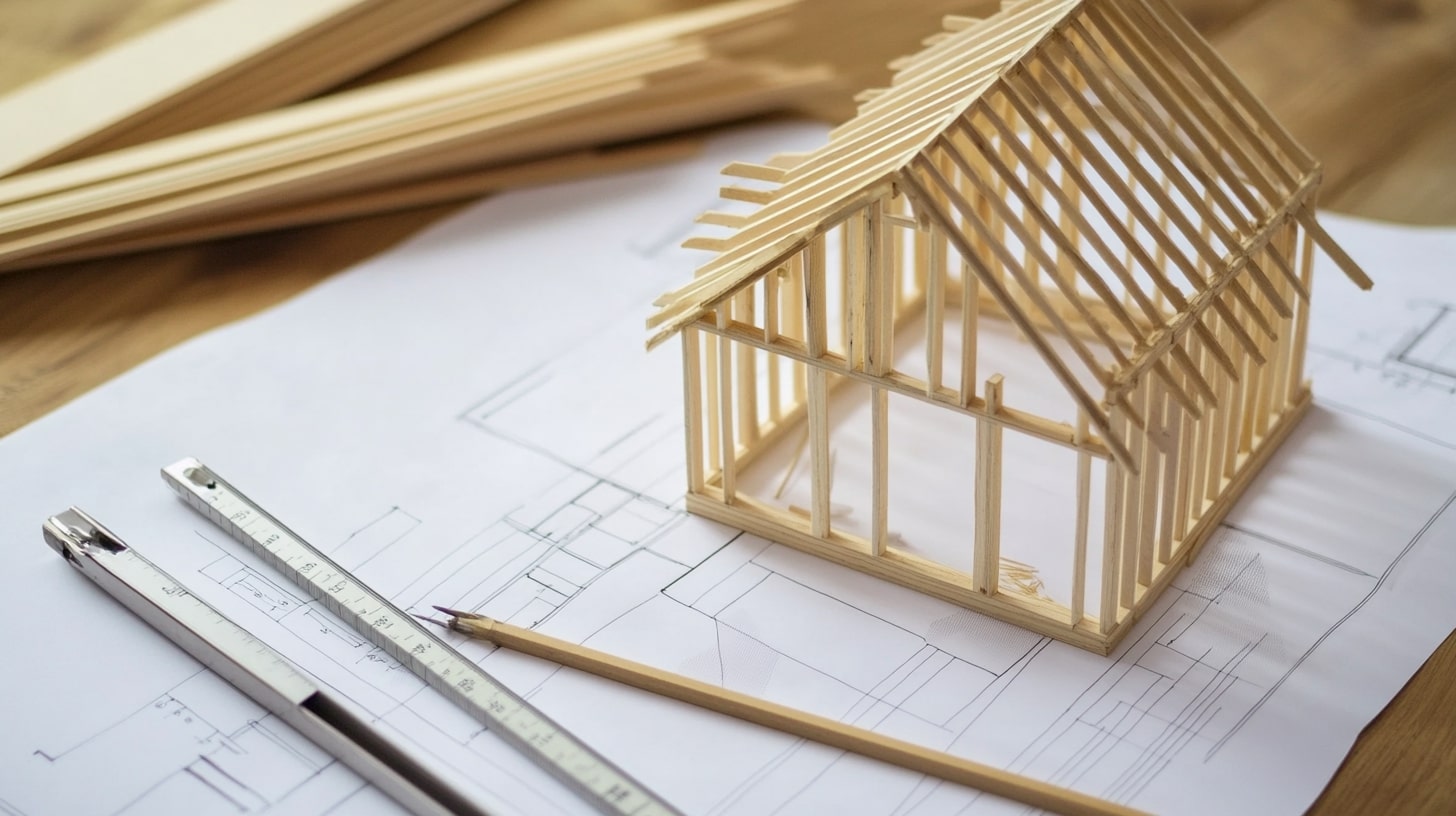
In most cases, you’ll need a building permit for your shed. The process is usually simple but requires:
✅ A clear description of the project.
✅ Construction plans.
Quick Reminder
In Québec City, a permit is required for building, expanding, or renovating a shed. You can check the regulations here.
Getting a permit may seem like a hassle, but it's a crucial step to avoid fines or having to take your shed down. Better safe than sorry, right? 😉
Inspiring Example
Jean-Pierre, a resident of Laval, wanted a shed to use as a painting studio. By following all the steps to get his permit, he avoided administrative headaches. Today, his workshop brings him so much joy that he even hosts painting classes for his neighbors. Proof that following the rules can lead to inspiring projects!
A Little Story to Inspire You
Marie-Claude from Lévis planned to install a shed for her gardening tools. She had everything ready—except she forgot to check the municipal regulations.
The result? Her shed was too close to the property line, and she had to move it one meter. With advice from Cabanons Boyer, she quickly resolved the situation without stress.
🌱 Lesson learned: Always check the rules before starting your project!
Why Installing a Shed is a Great Idea
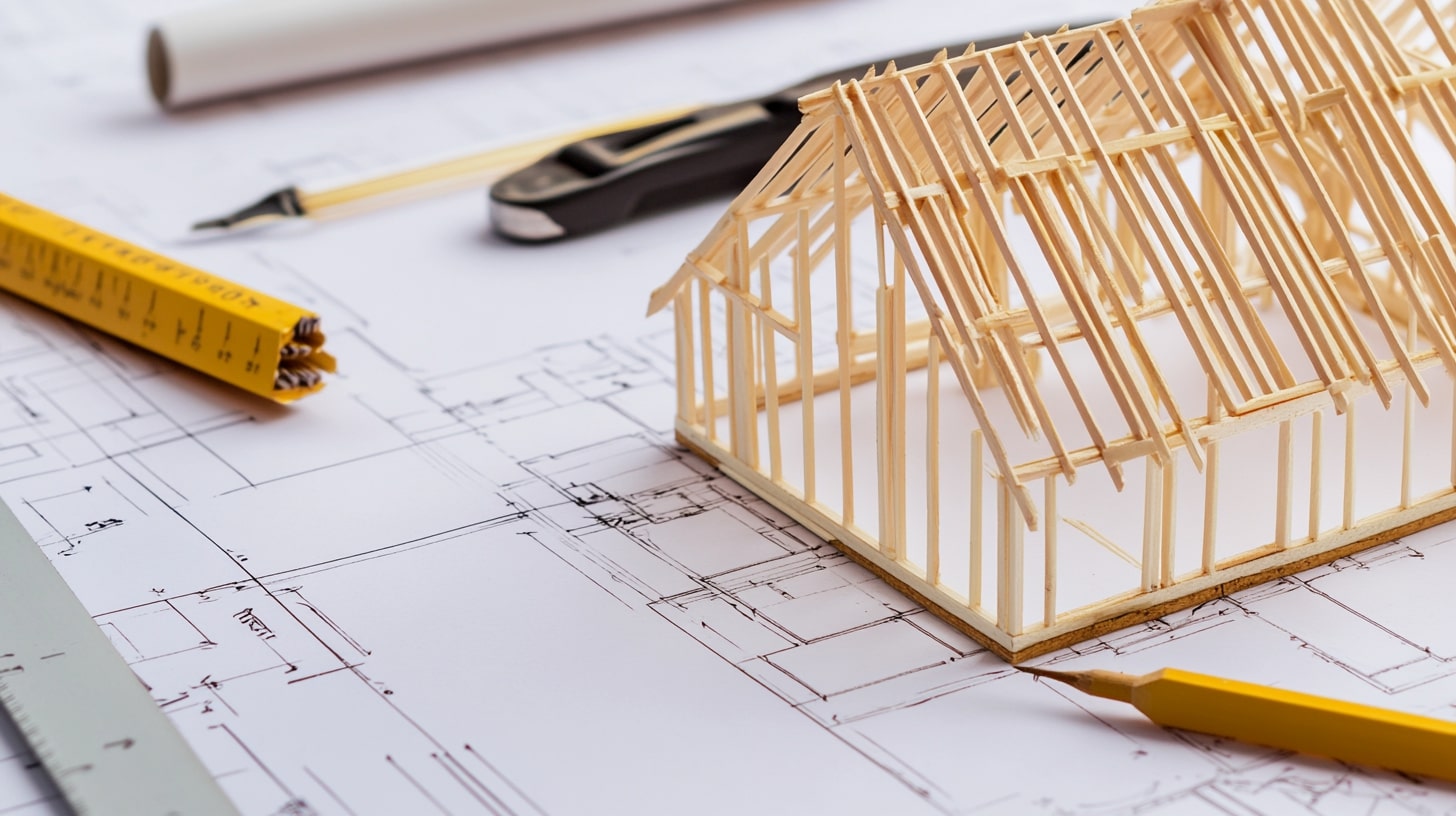
Beyond extra storage, a well-designed shed can:
🏡 Increase your property value.
📦 Reduce clutter in your home.
🛠️ Create a versatile space (workshop, storage, even a small office!).
📈 Interesting stat: Properties with well-planned outdoor spaces sell for 7% more on average.
And for nature or DIY lovers, it’s the perfect place to bring your projects to life!
An Inspiring Story: Pierre’s Shed-Turned-Zen Space
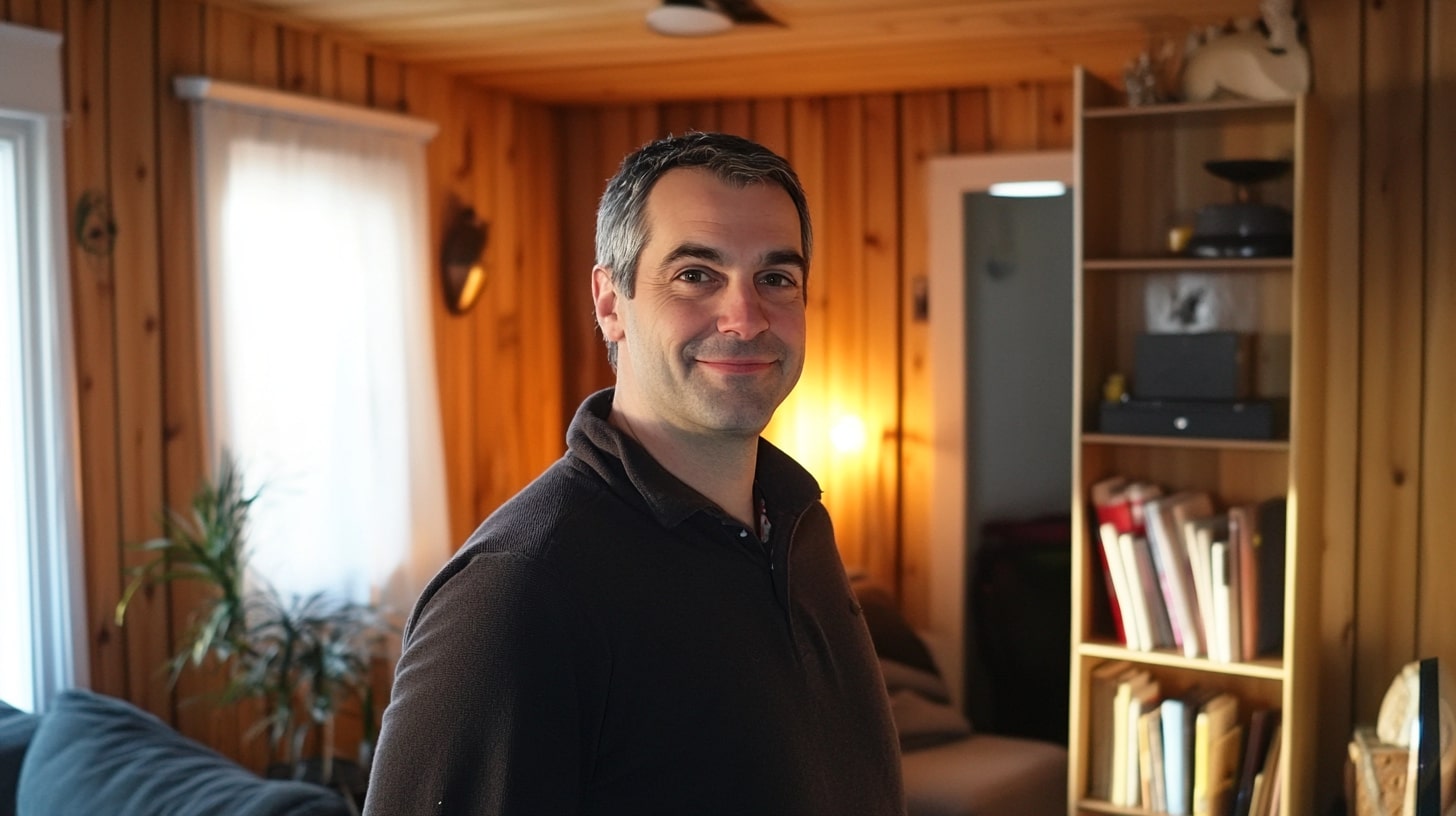
Pierre, from the South Shore, always dreamed of a personal retreat after long workdays. While browsing Cabanons Boyer, inspiration struck: why not turn his shed into a peaceful sanctuary?
As soon as his shed arrived, Pierre got to work. He installed warm wooden floors, soft lighting, and a cozy armchair with a bookshelf full of his favorite reads. He even added a diffuser with essential oils for extra relaxation.
His shed quickly became the talk of the neighborhood! More than just storage, it became his recharging zone.
"I never thought a simple shed could change my daily life," Pierre says with a smile.
How to Get Started Without Stress
Ready to bring your project to life but don’t know where to start? No worries—we’ve got you covered!
✅ Check local regulations on your city’s website. Each municipality has its own rules, and skipping this step could mean costly adjustments later.
✅ Measure your property carefully. Before grabbing the measuring tape, think about the ideal location: is it easily accessible? Does it get enough sunlight?
✅ Choose a trusted supplier like Cabanons Boyer for a custom, regulation-compliant shed. A good supplier won’t just sell you a product—they’ll guide you through the entire process.
With these steps, your shed will be practical, stylish, and 100% compliant. Need help? We’re here to answer your questions and guide your project! 🏡✨
Pro Tips to Maximize Your Project
💡 Plan lighting: A well-lit shed is more functional. Opt for durable LED fixtures.
❄️ Consider insulation: Essential if you’ll use it in winter.
📏 Add custom shelves: Maximize storage space efficiently.
🎨 Personalize the colors: Ensure your shed matches your home’s aesthetic.
🌞 Think about orientation: Maximize natural light when possible.
With these tips, your shed will be both practical and an aesthetic asset to your property.
🎯 Ready to start? Contact us for a personalized quote and expert advice!
We can’t wait to work with you,
The Cabanons Boyer Team 🚀✨